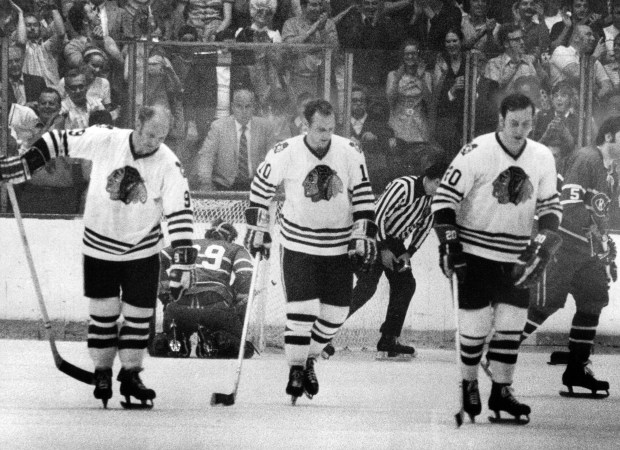We live in Glencoe and the recent storm damaged some of our trees. How do we decide whether they can be saved?
— Jennifer Anderson, Glencoe
The storm that passed through the area on Aug. 27 did considerable damage to trees in certain areas of the North Shore. I am fortunate that my home garden was not damaged in that storm. The Garden’s staff — along with a contractor — have been busy cleaning up fallen trees and pruning others in the display gardens and throughout the Garden grounds. It’s so upsetting to see shade trees damaged in a storm.
The first thing to do after a significant storm is to carefully look for broken or damaged branches hanging in the crown of the tree. Look around the tree for damage that may not be visible when looking up from the ground. Be sure to avoid standing under trees with broken branches hanging up in the crown, as they can fall at any time and cause significant injury or damage to vehicles or structures. It may not take much wind to dislodge a limb. Cone or ribbon off dangerous areas to remind people to stay away from the fall zone.
Work with an experienced professional arborist when assessing whether your tree can be saved. Once damaged limbs are removed, some trees may be so unsightly that they
are not worth saving. Others may take many years to fill back in and recover, making it better to plant a new tree and start over. An arborist can assess whether the tree poses
a current or future safety risk once the storm-damaged portions are removed. Any tree that is or may become unsafe over time should be removed — no matter how attached you are to the tree. I have observed some large trees with major limbs that had broken off. Some of these have damage that extends deep into the main trunk, which make them prime candidates for removal due to safety concerns. Other trees with large, damaged limbs that can be pruned cleanly at the trunk will probably be OK in the long term. After this kind of significant storm, it is essential to rely on the expertise of an arborist to address the health and security of your trees.
For more plant advice, contact the Plant Information Service at the Chicago Botanic Garden at plantinfo@chicagobotanic.org. Tim Johnson is senior director of horticulture at the Chicago Botanic Garden.



